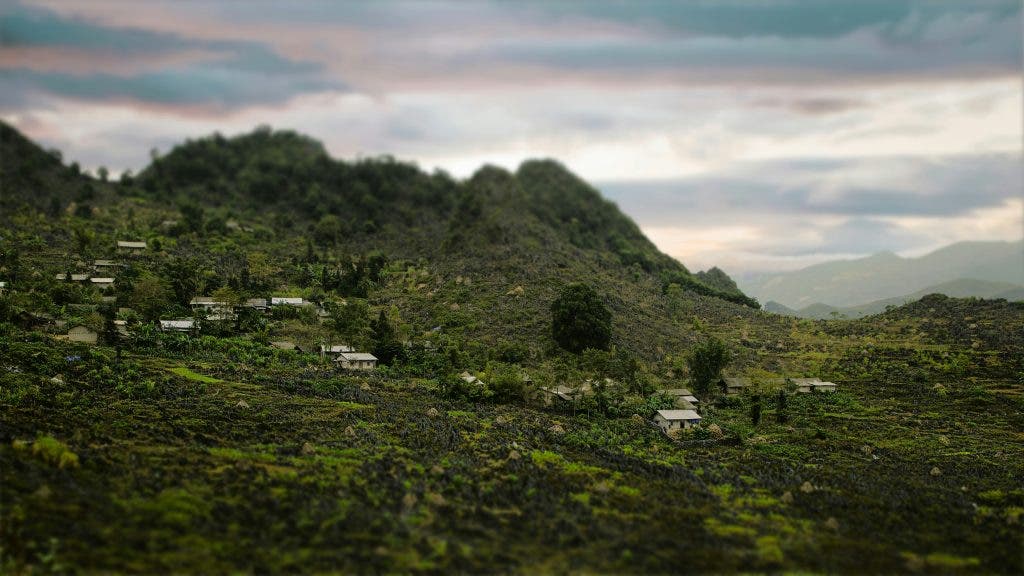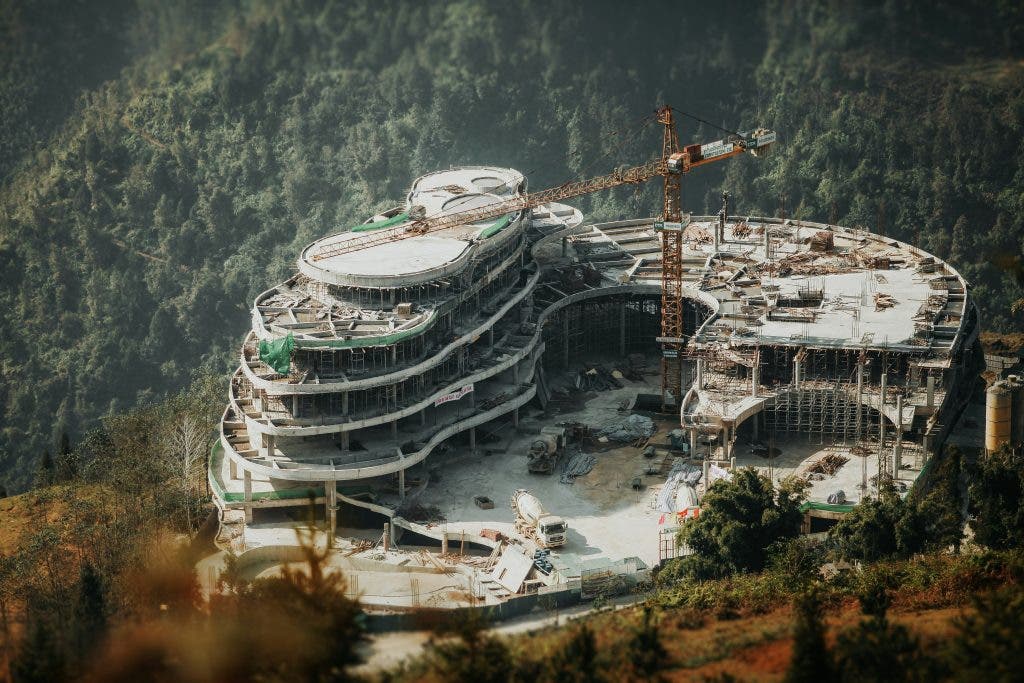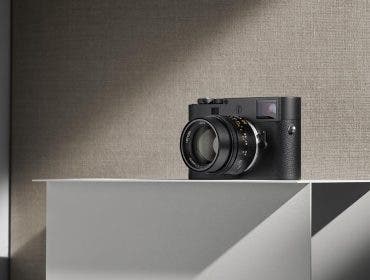Tilt shift photography shows a bent reality and has the ability to change the way people see the world. And all with the use of a certain type of lens! In this article is a list of the best tilt shift lenses to use in 2024. You’ll learn what they are and their best features!
About what is a tilt shift lens
A tilt shift lens is a lens that lets photographers capture unnatural looking photos. Standard lenses, as you may know, capture light and focus on a subject in only one way.
Meanwhile, a tilt shift lens lets you do a lot of unique things: manipulate both the plane of focus and the perspective of your shot. It does this through two unique movements, where it gets its name from: tilt and shift.

The tilt function in these special lenses lets you control the angle of the focus plane. So, you can adjust what’s in focus and what’s blurred, even across a scene with different distances.
The shift function, on the other hand, helps you correct perspective distortion, especially useful when photographing tall buildings or anything with strong vertical lines. This keeps everything looking proportionate and prevents those “leaning” effects that tend to happen when shooting upwards.
The Tilt Feature Explained Further
The focus plane in photography is parallel to the camera’s sensor. This means that objects at the same distance from the camera are in focus. Anything closer or farther away is blurry. But what if you could bend that plane and decide for yourself what’s sharp and what’s soft? Aaand enter the tilt feature.
By tilting the lens, you’re essentially changing the angle of the focus plane. This can be super handy in situations like macro photography and times where a creator wants to display a miniature effect. With the tilt feature, you can keep a much larger area of a landscape sharp, even at close distances, without stopping down to a small aperture. Additionally, by narrowing the focus to just a small part of the image and blurring everything else, you can create a “miniature” effect that makes scenes look like tiny!
Who should use a tilt shift lens?
Tilt shift lenses are actually pretty versatile.

Architecture Photographers
Perspective distortion is the bane of every architectural photographer’s existence. Lucky for you, the shift feature in a tilt shift lens can help straighten things out — and I mean that literally! By shifting the lens, you can make those tall structures stand tall, without the weird, leaning effect. Photograph skyscrapers, interiors, or anything with strong geometric shapes confidently with a tilt shift lens!
Landscape Photographers
When you’re out in nature, the last thing you want is a blurry horizon or subject. Tilt shift lenses come to the rescue here! Since they let you control the plane of focus, you can get everything from the rocks at your feet to the clouds in the sky perfectly sharp. No more having to crank your aperture to its smallest setting. This also gives you more freedom in lower light since you won’t have to rely on extreme apertures to get that full scene in focus. The result? Sweeping landscapes with beautiful, crisp details from front to back.
Product/Macro Photographers

Shoot the smallest details ever for commercial photography or even macro shots with the tilt shift lens, a true lifesaver. Normally, when you shoot close-ups, the depth of field can be razor-thin, meaning part of your subject might be in focus, and the rest is a blur.
But by tilting the lens, you can adjust the focus plane to get everything sharp, even at close distances.
The best tilt shift lenses in 2024
Canon TS-E 17mm f/4L Tilt Shift Lens
If you spend a lot of your days capturing towering buildings or tight interiors, the TS-E 17mm f/4L is your ultra-wide-angle bestie. Its 104° diagonal angle of view makes it perfect for architectural photography where space is limited.
Despite being ultra-wide, this lens delivers impressively sharp images with minimal distortion. This tilt shift lens from photography giant Canon is ideal for real estate, interiors, and those larger-than-life building shots.
Key features:
- 104° diagonal angle of view
- ±6.5° tilt and ±12mm shift
- Sub-wavelength structure coating to reduce flare and ghosting
Canon TS-E 24mm f/3.5L II Tilt Shift Lens
This special lens is a go-to option for photographers who want that good flexibility in a camera. With a slightly narrower field of view than the 17mm, it’s great for both architecture and landscape photography.
The improved optics on this model make sure users get that crisp sharpness across the frame, even in the corners — something that’s so important when you’re trying to capture large, sweeping scenes. Its moderate focal length also makes it handy for other genres, like product photography.
Key features:
- ±8.5° tilt and ±12mm shift
- Aspherical and UD (Ultra-Low Dispersion) lens elements to reduce chromatic aberrations
- Locking mechanism for precise movements during adjustments
Nikon 19mm f/4E ED PC NIKKOR Lens

Nikon users, rejoice! The Nikon 19mm f/4E ED PC is a professional-grade tilt shift lens that’s tailored for architectural photography. Its 19mm focal length strikes a balance between ultra-wide and wide! So, it gives you enough space to capture tall buildings or cityscapes without unwanted distortion.
One standout feature is the independent rotation of tilt and shift, making it easy to get exactly the angle and composition you want.
Key features:
- 97° angle of view
- Nano Crystal Coat to minimize ghosting and flare, even in harsh lighting
- Independent rotation of tilting and shifting functions for greater creative flexibility
Nikon 45mm f/2.8 Aspherical Lens
This aspherical tilt shift lens has a longer focal length and close minimum focusing distance make it great for getting those super detailed shots of small subjects, like product setups or fine textures. It’s also versatile enough to be used for portrait photography, giving it a broader appeal.
Key features:
- ±8.5° tilt and ±11.5mm shift
- Superior image quality with minimal distortions, even at close focusing distances
- Close focus distance of 1.3 feet, great for macro and product shots
Venus Laowa 15mm f/4.5 Zero-D Shift Lens
This Venus Optics lens has quite the unique selling point: near-zero distortion. Wow! As the name suggests, this lens delivers distortion-free images. It stays a staple choice for architectural photographers who need to capture clean lines and structures. Its ultra-wide 110° angle of view is perfect for expansive landscape photography too, making this lens a fantastic tool for photographers who work in spaces where precision is key.
Key features:
- 110° angle of view
- ±11mm shift for perspective control
- Minimal distortion, ideal for architectural accuracy
Rokinon T-S 24mm f/3.5 ED AS UMC Tilt Shift Lens
If you’re looking for an affordable alternative, the Rokinon T-S 24mm f/3.5 ED AS UMC is worth considering. It offers full tilt shift functionality at a fraction of the price of the big-name brands.
It’s still an excellent choice for hobbyists or those just getting into tilt shift photography. Its 24mm focal length makes it versatile for a range of photography styles, from architecture to landscape.
Key features:
- ±8.5° tilt and ±12mm shift
- UMC (Ultra Multi-Coating) to reduce flare and ghosting
- Smooth, precise adjustments for easy control over perspective
FAQs: Tilt shift lenses

The shift function might introduce vignetting if not used correctly. Also, they tend to be more expensive and bulkier than standard lenses.
No. If used properly, the shift function does not degrade image quality. It actually helps maintain sharpness by correcting distortions.
It’s ultimately up to you! However, a tilt shift lens is highly recommended for architectural photography. It helps correct perspective distortions, making buildings appear straight and proportional, as they are in reality.
The ideal focal length depends on your subject. For architecture, 17mm or 24mm works best. For product or macro photography, a 45mm tilt shift lens is recommended.
Get the tilt shift lens for you, from us
Tilt shift lenses are game-changers, especially for photographers working in architecture, landscapes, or macro photography. It will perfectly capture the straight lines of a towering skyscraper, the Grand Canyon, or intricate details in a product shoot!
With a long list of options available every single year, finding the right lens for your style and workflow is always fun. No matter your creative vision, there’s a tilt shift lens out there to help you get the perfect shot. I hope you found it in this list!






